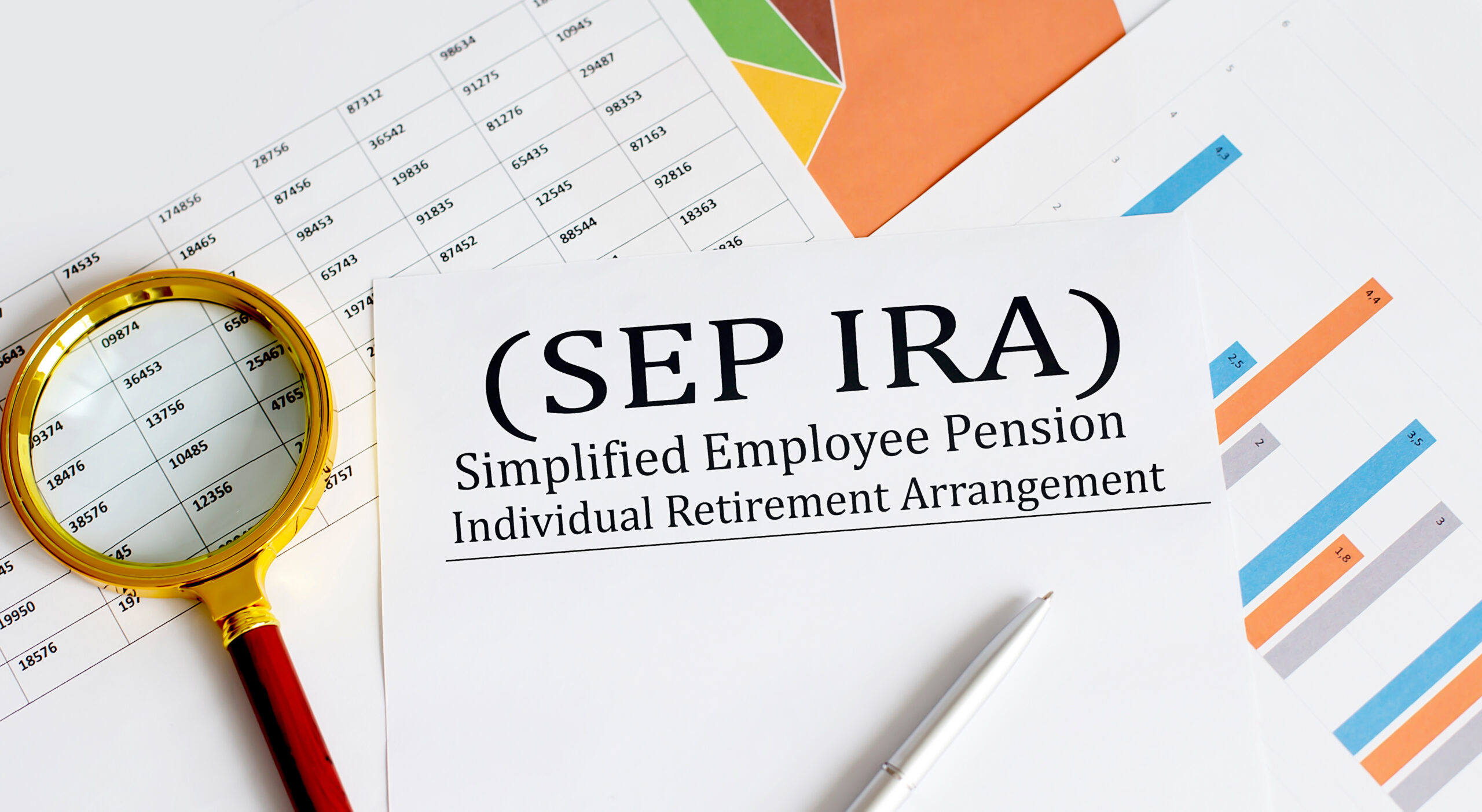Year-end is great time for tax planning. Unfortunately, many small business owners are so busy in December that we don’t get around to tax reduction strategies until after year-end.
Since most small businesses are cash basis taxpayers, expenses are generally deductible in the year paid. When we meet at tax time, there are few strategies that can “look back” at the prior year and still reduce taxes.
The Simplified Employee Pension (SEP-IRA) is one of the few opportunities that business owners can use to take a prior year deduction for a current year payment. The SEP-IRA is a retirement plan that is most suitable for a sole proprietor with few or no employees, a husband and wife business, or a family business where most of the employees are closely related.
There are several advantages to SEP-IRA’s:
- The maximum contribution is high and the potential tax savings are significant. Employers can contribute the lesser of $57,000 or 25% of an employee’s compensation for 2020.
- Contributions can be made as late as the due date of the employer’s tax return, including extensions. Thus, a sole proprietor with no employees that has filed a valid extension can make a contribution for 2020 as late as 10/15/21.
- SEP-IRA plans are not subject to subject to most Employee Retirement Income Security Act (ERISA) requirements. For example, most qualified retirement plans such as 401k plans have costly administrative requirements, such as annual filings and even, in some cases, mandatory audits. SEP-IRA’s avoid many of the most onerous requirements and are relatively cost effective to maintain.
SEP-IRA’s are not for everyone. For example, if a business owner were to contribute 25% of his compensation to a SEP-IRA in a given year, that business owner would have to make the same percentage contribution for all qualifying employees. This can get very costly for a business with many employees.

There are three basic steps in setting up a SEP-IRA, all of which must be satisfied:
- Adopt a formal written agreement by signing IRS Form 5305-SEP, an IRS-approved prototype SEP, or an individually designed SEP plan document. For more information, go to irs.gov.
- Provide each eligible employee with information about the SEP-IRA. If you established the SEP using the Form 5305-SEP, the information must include a copy of the Form 5305-SEP, its instructions and other information listed in the instructions. If you used a prototype SEP or individually designed SEP, you must provide similar information.
- Set up the SEP-IRA account for each eligible employee with a bank, insurance company or other qualified financial institution. The employee owns and controls the SEP-IRA. All contributions are 100% vested.
Self-employed individuals, partnerships and corporations are all eligible to establish SEP-IRA plans.
If you are a small business and looking for a way to reduce your tax liability, the SEP-IRA can be a good choice for the right taxpayer. Call us or talk to your tax advisor to see if a SEP-IRA is right for your business.

LEAVE A COMMENT
Comments